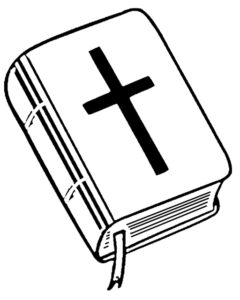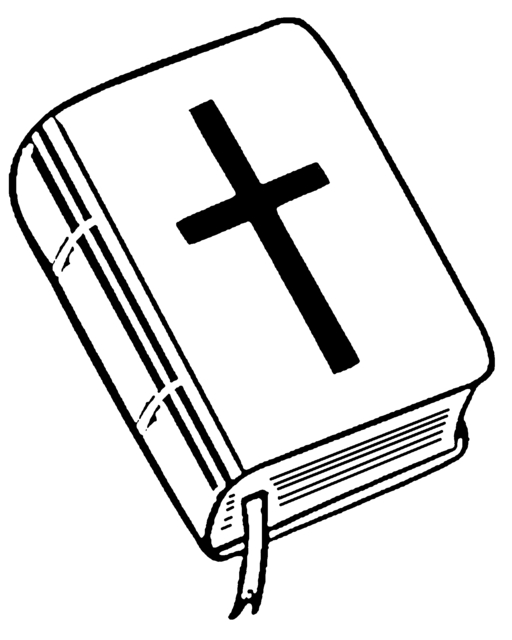The New Agers
These folks tend to fall into one of two broad categories. The first is a gloom-and-doom sort who believe that the world will (or at least might) end in some sort of unpleasant global cataclysm involving death, fire, disemboweling and other such Grand Guignol grandeur. The second group, led by authors like Daniel Pinchbeck in his book 2012: The Return of Quetzalcoatl , thinks that instead of disaster, the year will usher in a new age of global consciousness and cosmic harmony—and we can help prepare for it by stocking up on hallucinogens and being more environmentally conscious.The new age crowd has embraced the Mayan calendar largely because it fits in with their romantic ideas about wisdom held by ancient civilizations; the idea that Mayan mystics somehow knew of the world’s end millennia ago—while modern scientist are clueless—has a certain populist, potboiler appeal for this crowd.The Pseudoscientists
While most of the concern and panic is confined to new agers, there are a handful of science-minded folk who are more worried about reality-based problems than cosmic shifts in reality. Some believe that at some point this year, the Earth will collide with a mysterious (and, incidentally, nonexistent) planet called Niburu. It’s a scenario that’s been embraced by many conspiracy theorists. Others (such as Lawrence Joseph in his headily titled book Apocalypse 2012: An Investigation into Civilization’s End ) suspect that increased sunspot activity will fry the Earth’s electric grid and lead to global disaster.Why the Mayan Calendar?
OK, but what does all this have to do with the Maya? The link is not accidental, and it’s not a hoax. Their calendar ends this year. Just what that means—if anything—is the question. Perhaps you’re wondering why we should pay special attention to the Mayan calendar. What’s so special about it anyway? After all, there are hundreds of calendar systems. This year may be 2012 to most folks, but in the Jewish calendar it’s 5772, a difference of about three millennia, give or take; the Hijri Arabic calendar says it’s 1433. And so on.Since all calendar systems are man-made, it can be whatever year you want it to be. The calendar on my wall “ends” on Dec. 31, but that doesn’t mean that there won’t be a Jan. 1. The day you’re reading these words “ends” at midnight, but that doesn’t mean that 12:01 a.m. won’t roll around like, well, clockwork. The Mayan calendar, also called the Long Count, is too complex to describe in much detail, but here are the basics: It’s divided up into different units, including the kin (one day), uinal (20 days), tun (360 days), katun (7,200 days), baktun (14,400 days) and 13 baktuns (1,872,000 days). Adding notation from another Mayan calendar system (blending a 260-day tzolk’in cycle and a 365-day haab cycle—don’t ask), the first day of the 13 baktun is written as “0.0.0.0.0 4 ahau , eight cumku ,” and the final day is written as “13.0.0.0.0 4 ahau, three kankin .” The calendar began Aug. 11, 3114 B.C. (0.0.0.0.0) and will end on Dec. 21, 2012 (13.0.0.0.0). As John Michael Greer notes in his book Apocalypse Not: A History of the End of Time , it’s revealing “how much attention the ancient Mayans paid attention to the end of the thirteenth baktun : It apparently didn’t interest them at all. There is precisely one Mayan inscription, among all of the thousands that survive, which even mentions the date.” This stone inscription appears on a rock known as Stela 6, which was found at a ruin called Tortuguero in the Mexican state of Tabasco. It describes the descent of a minor Mayan god named Bolon Yokte Ku, which will happen when “the thirteenth baktun will be finished / four ahau , three kankin .” “There are many ages or cycles, and therefore many cycle endings, but the dynamics of each cycle ending are essentially the same,” Jenkins notes about Mayan creation mythology. “In the four previous eras alluded to in the Popol Vuh [the Mayan creation story], the cycle ending always exposes an error in the activities, thinking, or understanding of humanity, leading to a corrective sacrifice followed by transformation and renewal as the next cycle begins.” I interviewed Jenkins at the press junket for the film 2012 , asking him why he saw anything particularly significant in the Mayan calendar system. “It’s very clear that 2012 is anchored to this empirical astronomical alignment,” he said. “That’s why the Mayans chose Dec. 21, 2012, to end this vast circle of time. So unlike other vague prophecies or prognostications, this cosmology is very sophisticated and involves astronomical signs.” Despite breathless claims to the contrary, the Mayans didn’t hold much significance for the date, and they certainly didn’t think the world would end on that date. In fact, “hundreds of Mayan inscriptions refer to dates after 2012, sometimes a few decades or centuries beyond it, sometimes a million years or more,” Greer points out. “There’s nothing at all to distinguish the 2012 date from the hundreds of other future dates in Mayan sources, except that it has become yet another temporary anchor for the apocalypse meme.”In fairness, it should be noted that, according to several prominent astrologers including Bodo Capeller, the Mayan calendar already came to an end—25 years ago, on Aug. 16 and 17, 1987. Capeller, writing shortly before the event, claimed that mankind would experience “a major realignment of our perception of reality. The cosmos itself is carrying us through a major step in evolution. We are all participating whether we like it or not.” Indeed, added astrologer Joseph Jochmans, “the etheric web of new earth crystal has been completed by Aug. 17, 1978.” If the cosmic reality realignment (not to mention the “etheric web of new earth crystal,” whatever that is) came about, no one seems to know anything about it. So, what will happen this year on on Dec. 21? I’m no psychic (despite my documented, amazingly accurate predictions in earlier years for the Alibi ), but I predict there will likely be widespread stress and panic. After all, it’s just before Christmas.A Brief History Of End-Times












